Tours
Activities
Places of interest
Where to eat
Where to sleep
Explore Irodouer, Ille-et-Vilaine, Brittany's hidden gem
Are you in charge of the destination?Irodouer, nestled in the heart of Ille-et-Vilaine, Brittany, is a haven for those who love nature and culture. Start your journey with a walk through the historic center, where cobblestone alleys narrate the tale of this authentic Breton village. Just a few kilometers away, the Tanouarn forest offers the perfect setting for hiking and picnics amidst nature. For heritage enthusiasts, the numerous w...See more
What to do in Irodouer
See more suggestionsExplore the many bookable activities in Irodouer and make the most of every moment.
See more suggestionsIGN cards

1117SB - TINTÉNIAC CAULNES
Editor : IGN
Collection : TOP 25 ET SÉRIE BLEUE
Scale : 1:25 000
13.90€

1118SB - MONTFORT-SUR-MEU MONTAUBAN-DE-BRETAGNE
Editor : IGN
Collection : TOP 25 ET SÉRIE BLEUE
Scale : 1:25 000
13.90€

VEL10 - COTES D'ARMOR A VELO
Editor : IGN
Collection : DECOUVERTE A VELO
Scale : 1:105 000
9.10€
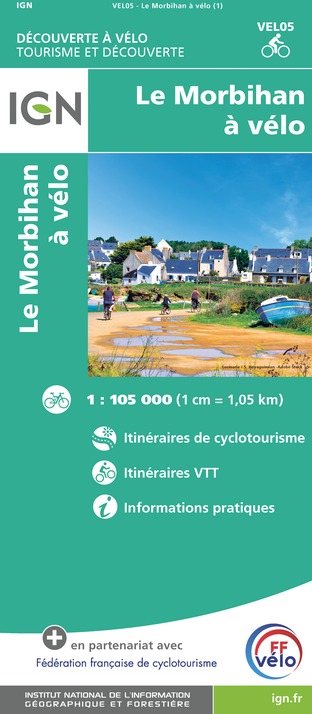
VEL05 - LE MORBIHAN À VÉLO
Editor : IGN
Collection : DECOUVERTE A VELO
Scale : 1:105 000
9.10€
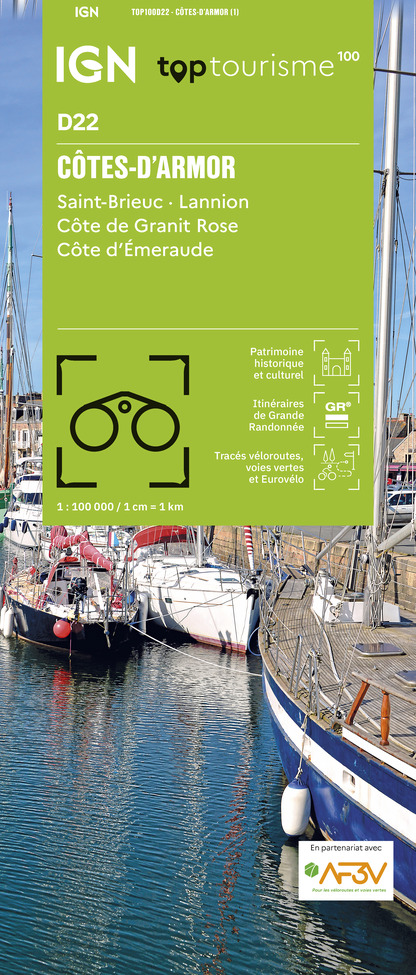
TOP100D22 - CÔTES-D'ARMOR SAINT-BRIEUC LANNION CÔTE DE GRANIT ROSE CÔTE D'ÉMERAUDE
Editor : IGN
Collection : TOP 100
Scale : 1:100 000
8.40€

TOP100D35 - ILLE-ET-VILAINE RENNES FOUGÈRES SAINT-MALO BAIE DU MONT SAINT-MICHEL
Editor : IGN
Collection : TOP 100
Scale : 1:100 000
8.40€
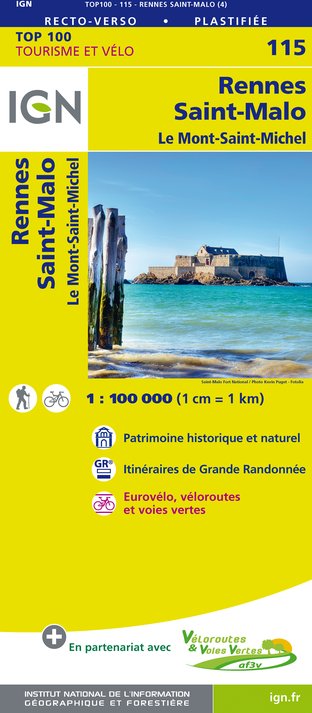
115 RENNES SAINT-MALO LE MONT-SAINT-MICHEL
Editor : IGN
Collection : TOP 100
Scale : 1:100 000
8.40€

D35 ILLE-ET-VILAINE
Editor : IGN
Collection : CARTES DÉPARTEMENTALES IGN
Scale : 1:150 000
5.90€

D22-56 CÔTES-D'ARMOR MORBIHAN
Editor : IGN
Collection : CARTES DÉPARTEMENTALES IGN
Scale : 1:150 000
5.90€

NR07 PAYS DE LA LOIRE
Editor : IGN
Collection : CARTES RÉGIONALES IGN
Scale : 1:250 000
6.80€
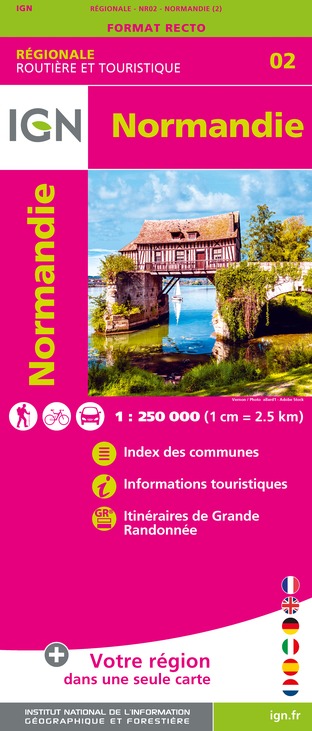
NR02 NORMANDIE
Editor : IGN
Collection : CARTES RÉGIONALES IGN
Scale : 1:250 000
6.80€
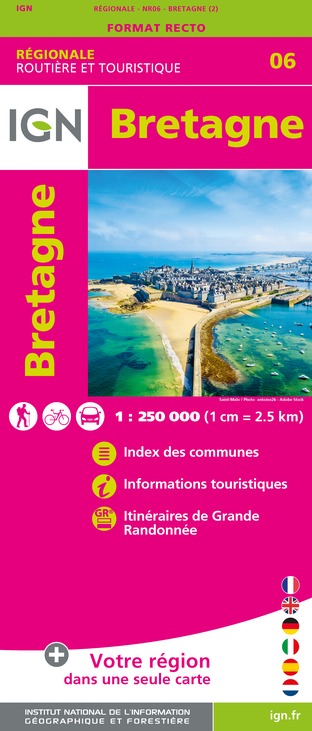
NR06 BRETAGNE
Editor : IGN
Collection : CARTES RÉGIONALES IGN
Scale : 1:250 000
6.80€

801 FRANCE NORD OUEST
Editor : IGN
Collection : CARTES NATIONALES IGN
Scale : 1:320 000
6.10€

EUROPE
Editor : IGN
Collection : DÉCOUVERTE DES PAYS DU MONDE IGN
Scale : 1:2 500 000
7.00€
What to visit in Irodouer
See more suggestionsVisit the museums and galleries of Irodouer.
See more suggestionsWhere to eat in Irodouer
See more suggestionsThe dining spots in Irodouer have surprises in store.
See more suggestions
















































